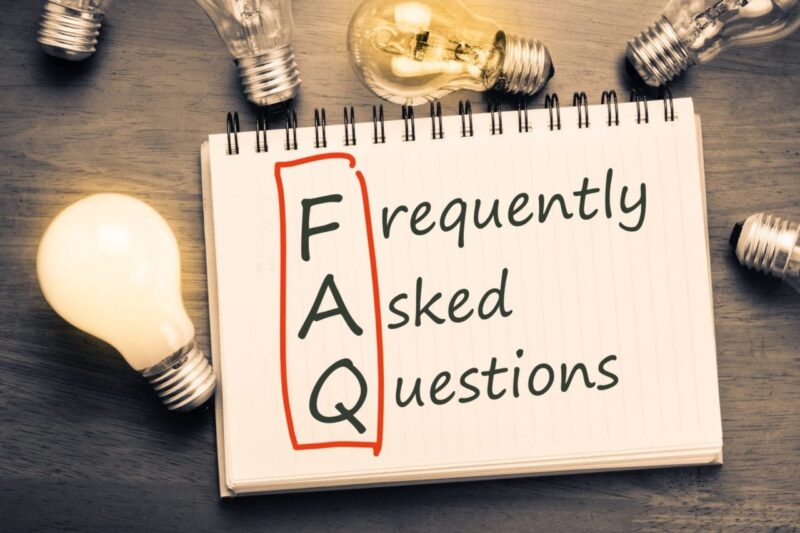The first sign can often be when you apply for credit and get turned down. This then leaves a footprint on your individual file and if you collect a lot of these it could make matters worse. Usually, the only means of credit available to borrowers with poor credit ratings is through what is known as the sub-prime market, where would-be borrowers are charged high rates of interest to reflect the perceived risk to the lender. Currently borrowing in this market is severely limited.
Most lenders go through two main credit reference agencies for information on your financial past – Experian and Equifax. There is a third main credit agency that is less well used – CallCredit. Credit agencies compile credit histories from a number of sources, including the Electoral Roll, County Court Judgement records and how effectively you have paid past debts. Every time you open a new form of credit another electronic footprint is left on your record.
The decision to turn borrowers down for credit isn’t made by Experian or Equifax but by the lenders, based on their own criteria applied to your reference agency credit rating. However, if refused credit, you may find that the lender simply tells you that you need to speak to the credit agency. If a lender refuses you credit, it must say why. Under the Data Protection Act, if you are refused credit, and scoring was used to help the lender decide, you can ask for a review of your application. This gives you the chance to review your rating and see where it may need improving. Alternatively, it gives you the chance to point out mistakes that may be on your record.
All is not lost if your rating is poor – although it may take time to repair. Bankruptcy details remain on people’s ratings for up to six years, but for most minor credit problems it should not take more than a year of good credit habits to return a rating to good health.



